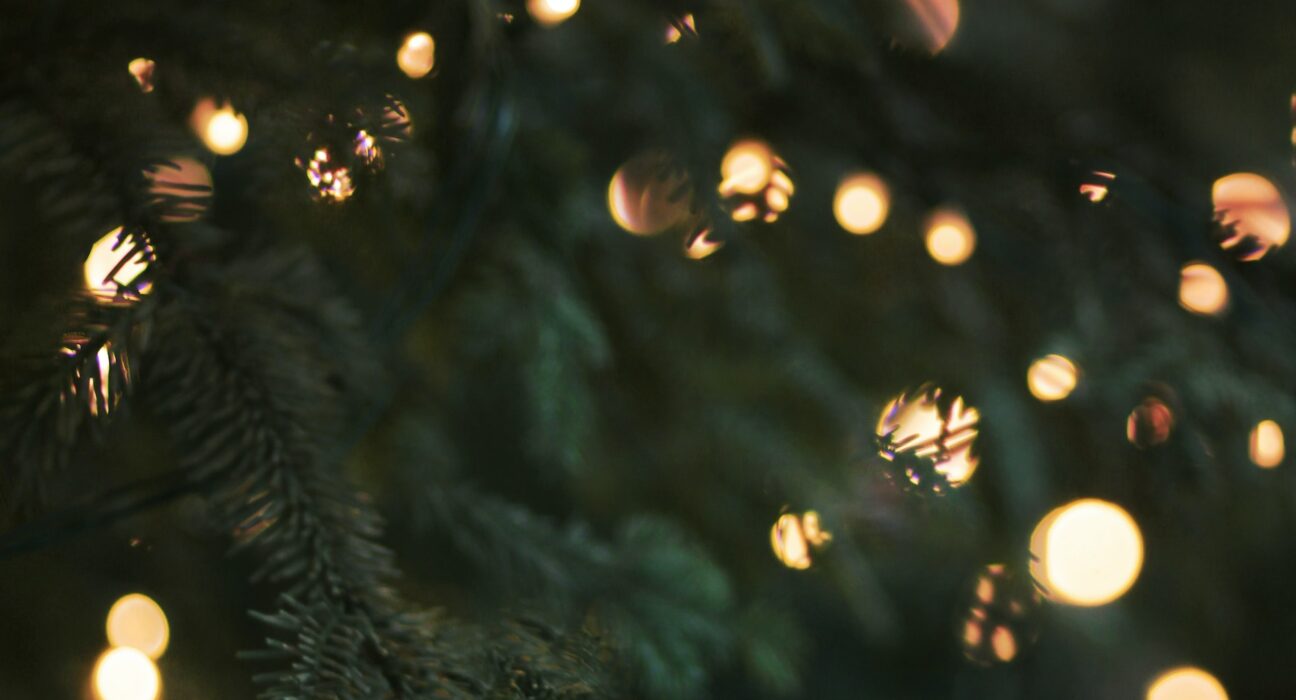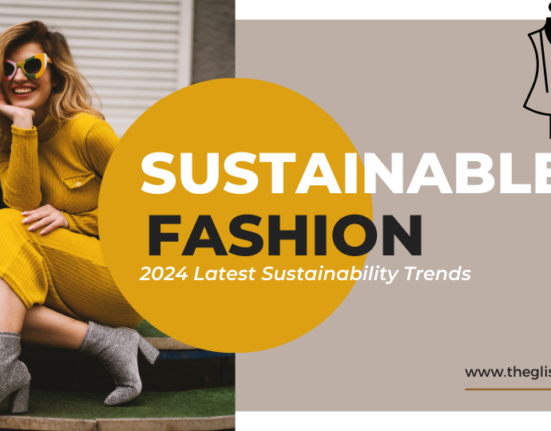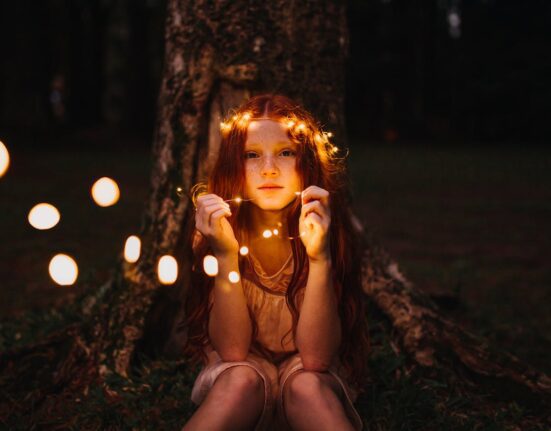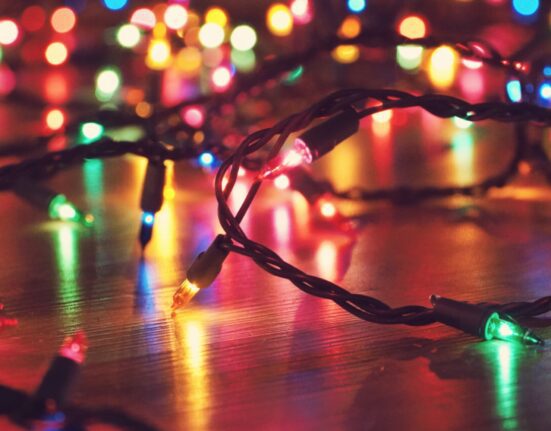Christmas lights are a popular holiday tradition that can bring joy and cheer to homes and neighborhoods around the world. However, they also have an environmental impact that is worth considering.
One of the main concerns with these lights is their energy consumption. Traditional incandescent lights use a lot of energy, and even though LED lights are more efficient, they still consume some power. This energy consumption can contribute to greenhouse gas emissions and air pollution.
Energy Consumption of Festive Lights
Traditional incandescent festive lights use a lot of energy because they convert most of the electricity they consume into heat instead of light. This is because they use a filament, a thin wire that glows when heated by an electric current.
The filament must be heated to a very high temperature in order to produce light, and this process generates a lot of heat. In fact, incandescent lights are only about 10% efficient at converting electricity into light.
This means that 90% of the electricity they consume is wasted as heat.
By contrast, LED lights are much more efficient at converting electricity into light. They use semiconductor diodes that emit light when an electric current passes through them.
LED lights are about 80-90% efficient at converting electricity into light, which means that they waste much less energy than incandescent lights.
LEDs can Save Energy
As a result, LED lights can save you up to 80% on your electricity bill.
Here is a table that compares the energy consumption of incandescent and LED lights:
| Type of light | Energy consumption per watt | Energy savings |
| Incandescent | 100 watts | N/A |
| LED | 10-13 watts | 80-90% |
As you can see, LED lights use significantly less energy than incandescent lights. This makes them a more environmentally friendly option, as they help to reduce greenhouse gas emissions.
Also, LED lights last much longer than incandescent lights, so you won’t have to replace them as often.
Here are some additional reasons to switch to LED Christmas lights:
- LED lights are safer than incandescent lights, as they do not get as hot and are less likely to cause fires.
- These lights are available in a wider variety of colors and styles than incandescent lights.
- LED lights are dimmable, so you can adjust the brightness of your lights to create the perfect ambiance.
Festive lights, while adding a festive touch to the holiday season, also contribute to light pollution, a growing environmental concern.
Light pollution refers to excessive artificial light at night, disrupting the natural light-dark cycle of ecosystems and affecting both wildlife and human health.
Impact on Nocturnal Ecosystems:
Nocturnal animals, such as insects, bats, and owls, rely on darkness to navigate, find food, and reproduce.
Excessive light from Christmas displays can disorient these animals, disrupting their natural behaviors and potentially leading to population decline. For instance, moths, attracted to bright lights, may lose their ability to find mates, reducing their reproductive success.
Impact on Human Health:
Light pollution also has detrimental effects on human health. Melatonin, a hormone that regulates sleep, is suppressed by exposure to light. Excessive light at night can disrupt melatonin production, leading to sleep disturbances, insomnia, and increased anxiety levels.
Reducing Light Pollution from Christmas Lights:
While enjoying the festive glow of holiday lights, individuals can take steps to minimize their contribution to light pollution:
- Switch to LED Lights: LED lights consume significantly less energy than traditional incandescent lights, reducing overall light emission.
- Limit the Number of Lights: Use fewer strings of lights and focus on areas with the most impact, rather than illuminating the entire property.
- Use Timers: Set timers to turn lights on and off at specific times, ensuring they are only lit during the evening hours when they are most appreciated.
- Choose Shielded Lights: Opt for lights with shielding that directs light downwards, preventing unwanted light from spilling into neighboring areas.
- Avoid Flashing Lights: Avoid using flashing or blinking lights, as these can be particularly disruptive to both wildlife and human sleep patterns.
- Consider Alternative Decorations: Explore other festive decorations, such as ornaments, wreaths, and candles, to reduce reliance on excessive lighting.
Sustainable Alternatives: Solar-Powered Christmas Lights
As the environmental impact of traditional festive lights becomes a growing concern, solar-powered lights emerge as a more sustainable alternative.
These lights harness the power of the sun to illuminate your holiday displays, offering several advantages:
- Reduced Energy Consumption: Solar-powered lights rely on renewable solar energy, eliminating the need for electricity from conventional power sources. This significantly reduces their carbon footprint and overall environmental impact.
- Cost-Effective Solution: While the initial cost of solar-powered lights may be slightly higher than traditional lights, the long-term savings from reduced electricity bills make them a cost-effective choice in the long run.
- Easy Installation and Maintenance: Solar-powered lights typically require minimal installation and maintenance. The solar panels can be easily mounted in a sunny location, and the lights themselves are often low-maintenance.
- Environmentally Friendly Disposal: Solar-powered lights are considered e-waste and should be disposed of properly. However, many electronics recycling facilities accept solar-powered lights, ensuring their responsible disposal and minimizing environmental harm.

Reducing Impact through Donation and Reuse
In addition to embracing solar-powered lights, individuals can further reduce the environmental impact of Christmas lights by considering donation or reuse options for old lights:
- Donation to Charities: Many organizations accept donations of used lights, often refurbishing them for resale or using them for community events. This extends the lifespan of the lights and prevents them from being discarded in landfills.
- Reusing for Other Purposes: Used lights can be repurposed for various creative projects, such as decorating indoor plants, creating DIY lighting fixtures, or adding festive touches to home décor.
- Passing on to Others: Share used holiday lights with friends, family, or neighbors who may be starting their holiday decorating. This reduces the need for purchasing new lights and keeps them in circulation.
By adopting solar-powered lights and considering donation or reuse options for old lights, individuals can make conscious choices that minimize the environmental impact of their holiday lighting, contributing to a more sustainable future.
How to Make Wise Choice to Minimize Environmental Impact of Christmas Lights
Here are some tips on how to make conscious choices about your holiday lighting to minimize its environmental impact:
Choose LED lights:
LED lights use up to 80% less energy than traditional incandescent lights, so they are a more environmentally friendly option. They also last much longer, so you won’t have to replace them as often.
Use timers:
Turn off your lights when you’re not using them! This is especially important for outdoor lights, which can be seen from a long distance and can contribute to light pollution.
Reduce the number of lights you use:
You don’t need to have every single tree and bush covered in lights to create a festive atmosphere. Try using a few well-placed strings of lights to highlight your favorite features.
Consider solar-powered lights:
Solar-powered lights are a great way to reduce your reliance on electricity. They are especially good for outdoor lights, where you can easily place the solar panels in a sunny location.
Donate or reuse old lights:
When you’re done with your old Christmas lights, don’t just throw them away! Donate them to a charity or reuse them for other purposes.
Choose “warm” white lights:
Warm white lights are more flattering and less harsh than cool white lights. They also create a more festive atmosphere.
Use shielded lights:
Shielded lights direct the light downwards, preventing it from spilling into neighboring areas. This can help to reduce light pollution.
Avoid flashing or blinking lights:
Flashing or blinking lights can be disruptive to wildlife and human sleep patterns.
Consider alternative decorations: There are many other ways to decorate for the holidays that don’t require electricity. Try using ornaments, wreaths, candles, or natural materials like pinecones and berries.








Leave feedback about this